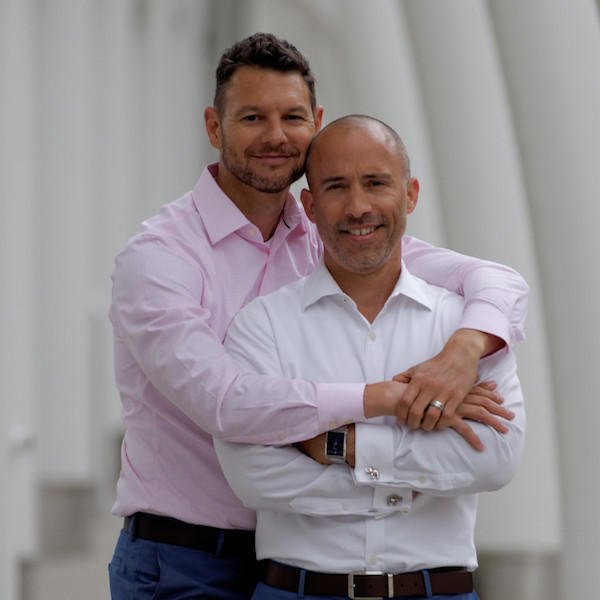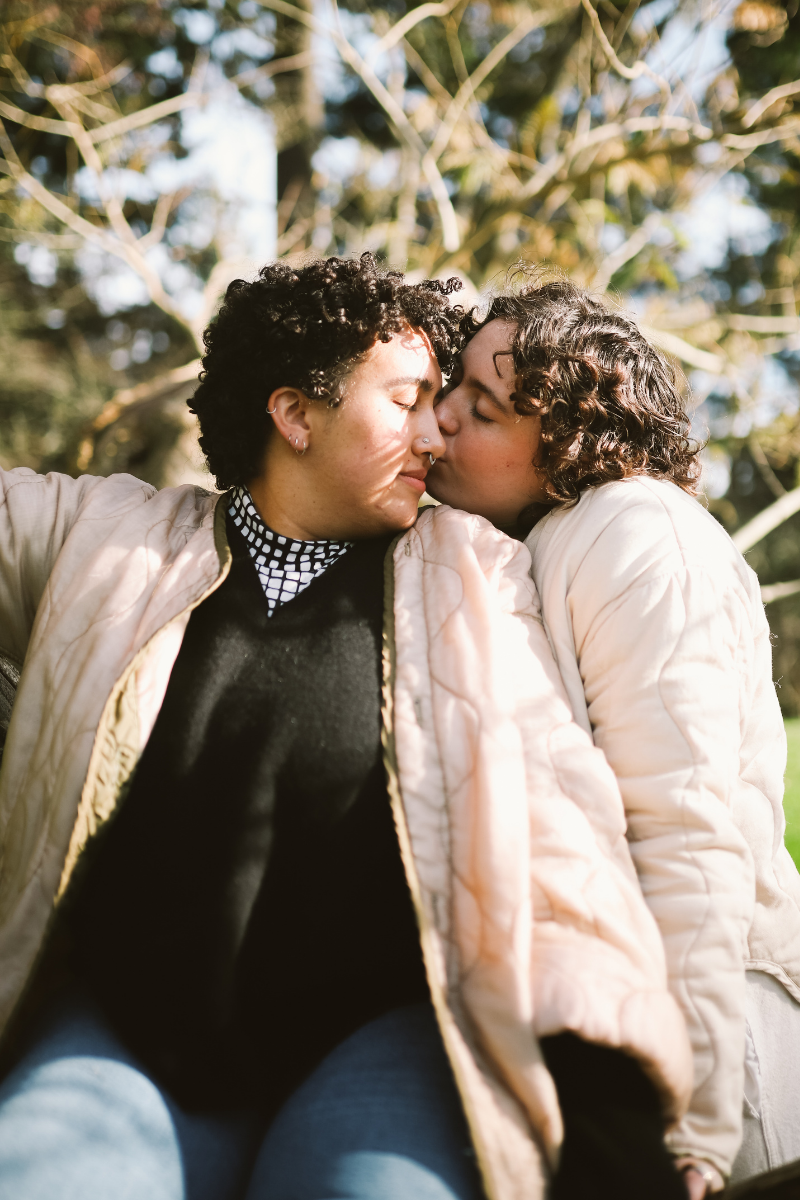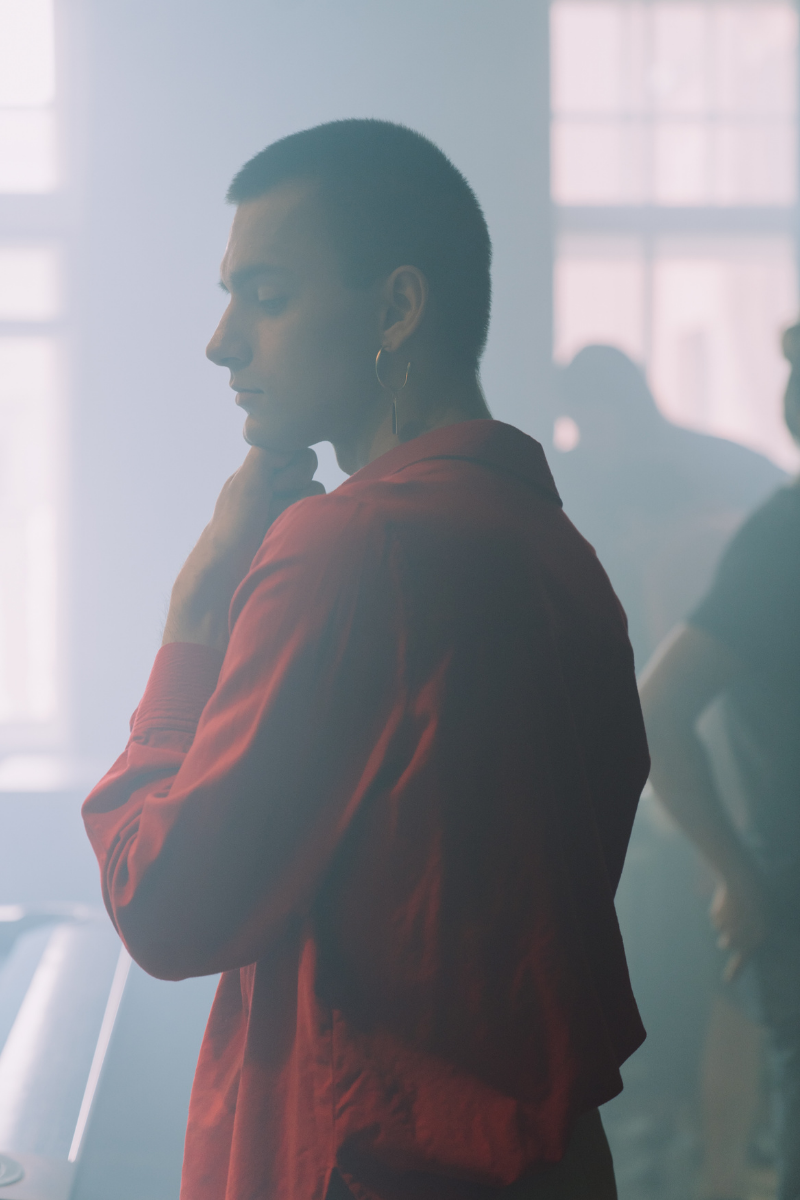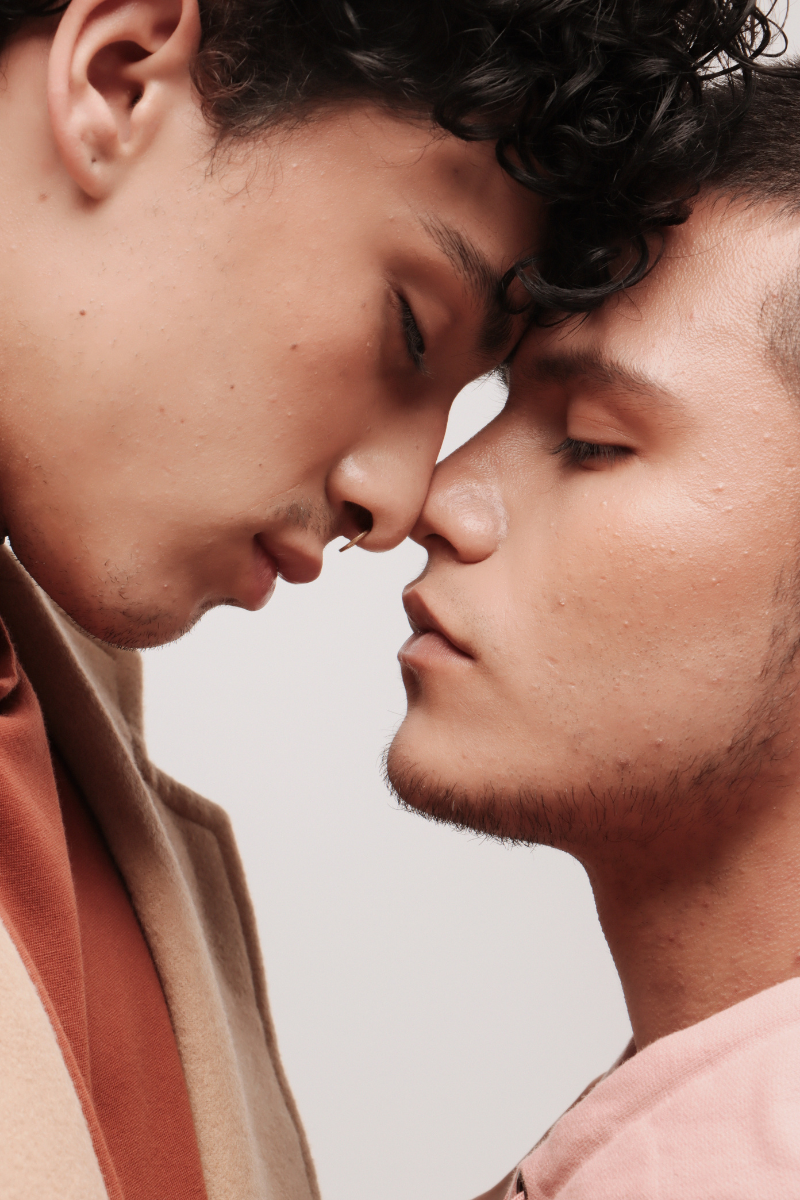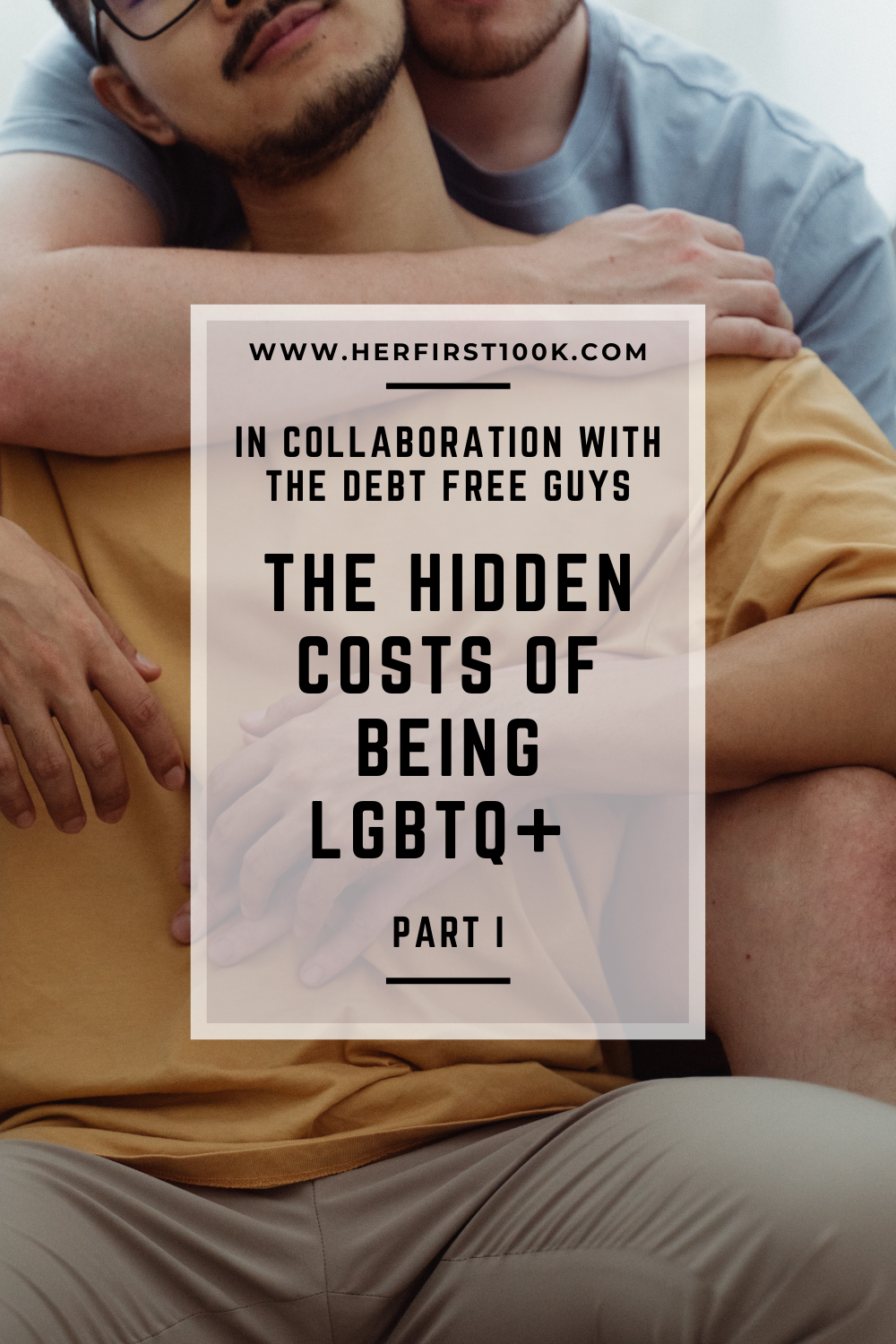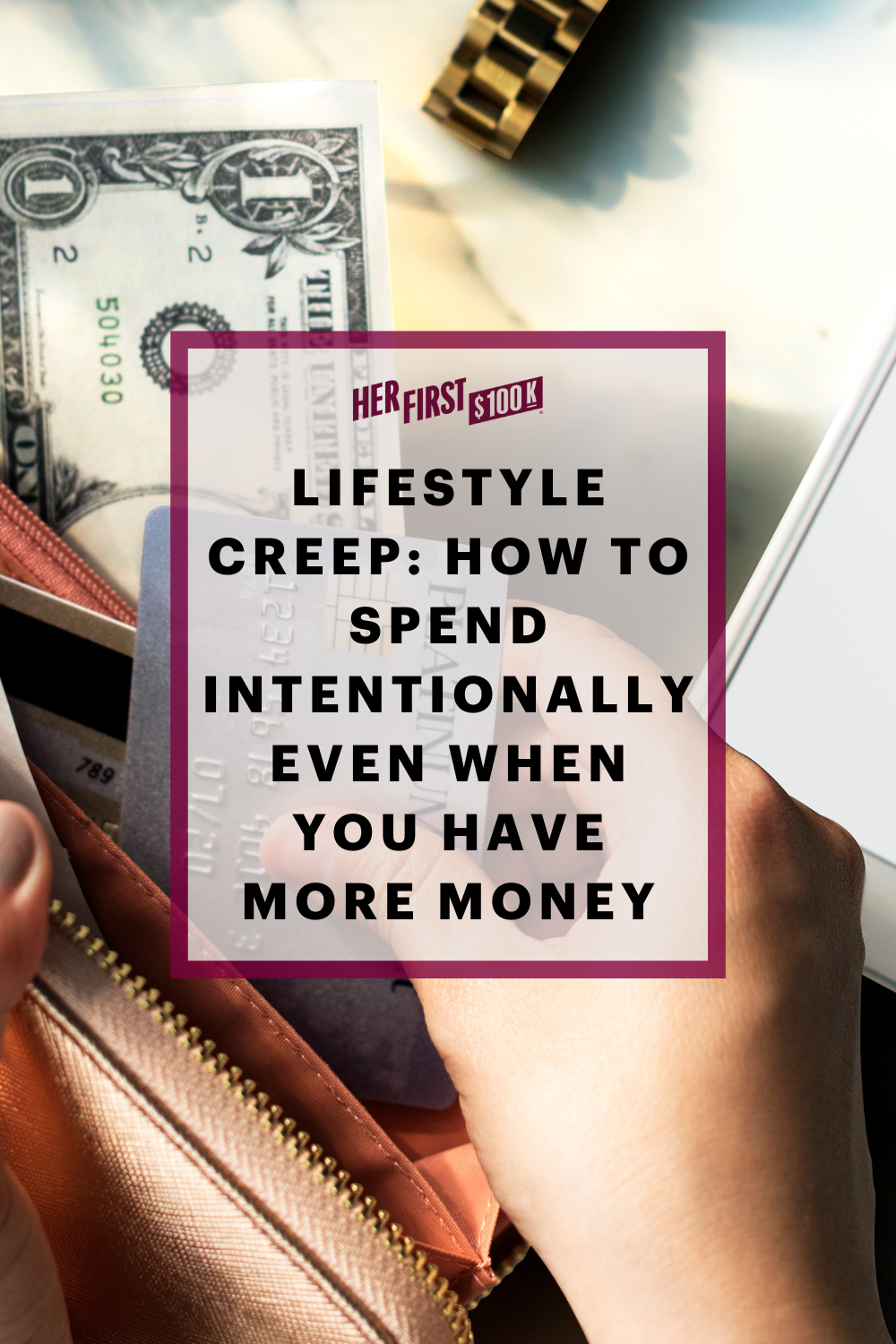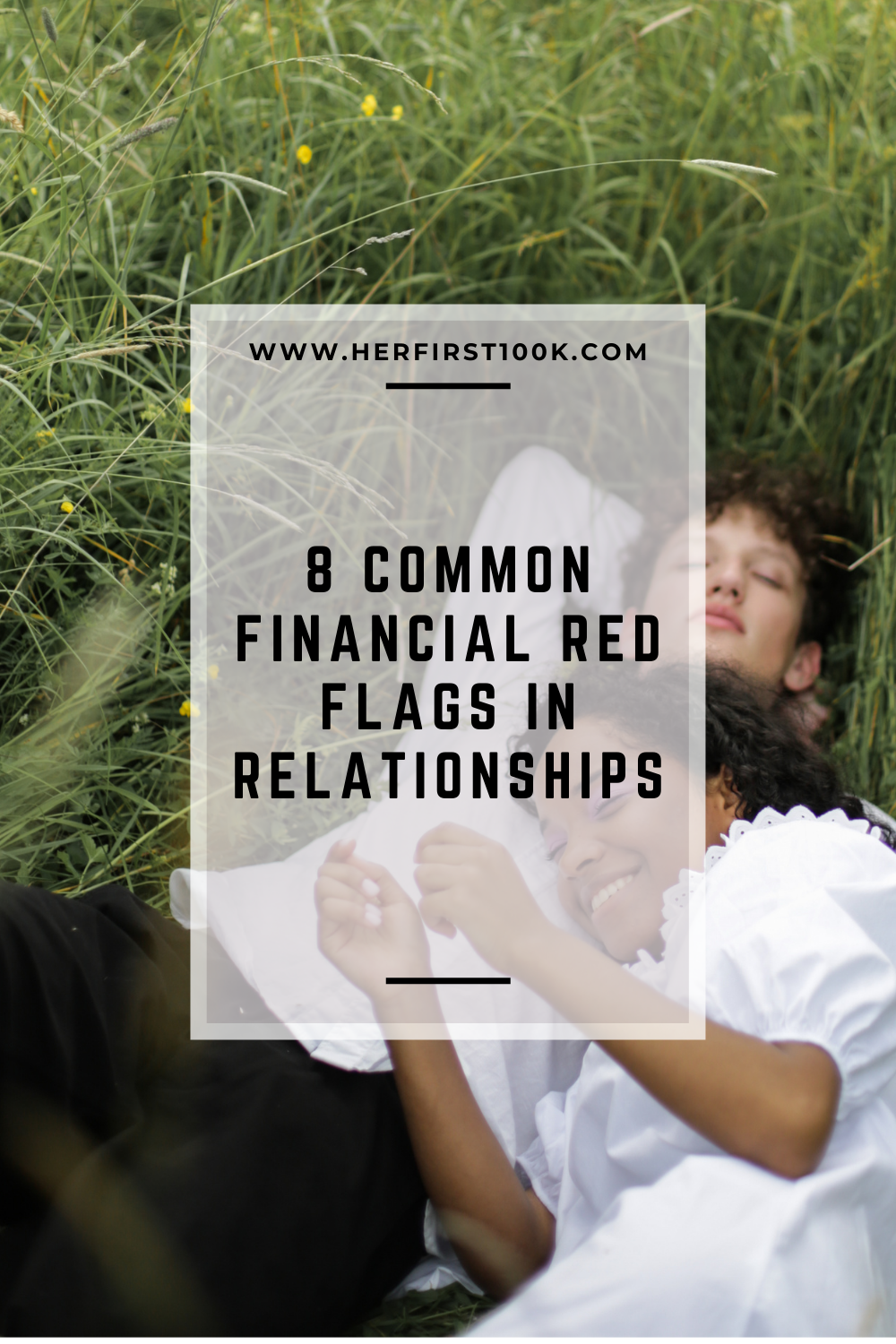The following article may contain affiliate links or sponsored content. This doesn’t cost you anything, and shopping or using our affiliate partners is a way to support our mission. I will never work with a brand or showcase a product that I don’t personally use or believe in.
Understanding The Cost of Being LGBTQ+
“We were finance professionals, and yet together we had racked up $51,000 in credit card debt. We realized that there was not only an emotional and social cost to being gay – there was a financial one as well, and that cost was going to ruin our lives if we didn’t make a change – for ourselves and the LGBTQ+ community as a whole.”
Hi, we are John and David, aka the Debt Free Guys and hosts of the Queer Money podcast. We are on a mission to help LGBTQ+ people live fabulously by learning how to pay off their debt, manage their finances, save for the future, and live a fulfilled, abundant life.
Of course, if you had met us 20 years ago, you would never guess that we would someday build a business helping the LGBTQ+ community increase their financial literacy and discover financial freedom.
We met in 2003, and after about six months of dating, we decided to spend a weekend out of town. We booked the hotel, decided which restaurants and wineries we would visit, made a mixed CD for the road (it was 2003, remember?), and hopped in the car.
We absolutely fell in love with the area we were visiting and spent our evenings romanticizing the idea of buying a plot of land and building a home there. We could wake up to birds chirping every day and drink our coffee on a balcony overlooking the Colorado mountains. We could hike on the weekends and host our friends in a luxe spare bedroom.
Everything would be perfect. We just needed to figure out how to make it happen.
On the drive back home, we started to talk about the details of affording this dream home. It was the first time in our relationship that we started to disclose the intimate details of our finances.
You see, we both worked in financial services. We were financial professionals – we had all of the financial knowledge, tools, and resources we could possibly need to have a healthy and thriving financial life. So we both assumed that the other person had their personal finances in check.
But the reality is that we were both living lavish lifestyles funded by credit cards and had dug ourselves into a hole of credit card debt – $51,000 of credit card debt, to be precise – with no plan to pay it off. Not only could we not afford our dream of building our home, we technically could not even afford the weekend trip we had both just charged to our credit cards.
How did this happen? Why did our finances look so different from our straight friends who were buying homes, going on fancy vacations, throwing lavish weddings, and starting families? What were we doing wrong that they weren’t?
It was this conversation that was the catalyst for our debt-free journey and, ultimately, our entire business.
When we looked candidly at our finances, we realized that there were two major contributing factors to why we had found ourselves in this money situation, and they were both rooted in our identity as gay men.
The first is that we both came from a time and place in which it wasn’t okay to be gay.
We were seen as “less than,” as something to be feared and avoided, as failures of our environments. We had been bullied, harassed, and discriminated against. We had wrestled with our identities and spent long nights awake questioning whether it would all be worth it, wondering if it would ever get better.
So as we entered adulthood, we wanted to prove that we were none of the things that they told us we were. We wanted people to see us as successful, and money seemed like the easiest way to display that success.
The second is that, at the time, the traditional image of the gay man was someone with the best clothes, designer shoes, and flashy cars.
We thought that we needed to look a certain way and live a certain lifestyle to be accepted as gay men, so we took luxurious vacations, bought designer clothes, and went out to eat every night. We lived the lifestyle we thought made us look like worthy and successful gay men – and we paid for it all with credit cards.
We were seeking affirmation and community, and we genuinely believed that the most accessible way to do that was by portraying this exciting, glamorous lifestyle, even if we couldn’t afford it.
We spent the next several years paying off our debt and overhauling the way that we earn, use, and think about money (you can read more about our specific debt payoff journey here). Through that journey, not only did we completely change our relationship with money and discover what it means to live a life of financial freedom but…
…we also realized that our story is not uncommon in the LGBTQ+ community.
Studies show that there is a financial cost to being LGBTQ+
Over the years of examining our own relationship with money, we also have had the opportunity to do research into the relationship the LGBTQ+ community has with money.
We recently partnered with The Motley Fool to conduct an extensive survey of 2,005 Americans to better understand the way that the LGBTQ+ community earns, spends, and thinks about money, as well as the reasons why this often looks so different from the general US population.
Some of our key findings? Well, despite the fact that nearly 20 million people within the US identify as LGBTQ+, we are at a higher risk of living below the poverty line and enduring joblessness. We are more likely to carry high levels of debt, and are less likely to own a home or have a retirement account. We are enduring a higher amount of financial stress than the average American, and that stress is taking a significant toll on our mental health, physical health, and the health of our community.
But, WHY does it cost more to be LGBTQ+?
We have found that there are seven common factors that contribute to the high cost of being LGBTQ+, and these factors play a role in our relationship with money throughout our entire life.
1. Many queer kids who don’t live in accepting households end up living a “double life”
If their identity as a queer person is not accepted (or is even punished) by the people in their home, they are often forced to “mask” that side of themselves in their home. They can only embrace or show their “true” self in other spaces where they do not have the pressure to mask, so they may dress differently, do their hair or makeup differently, and engage in activities that they cannot at home.
This often results in having to have two different identities with two different wardrobes, beauty routines, hobbies, etc. – and in turn, essentially requires double the expenses to fund their lifestyles.
2. Queer kids who live in unaccepting or dangerous homes may leave home and start their careers in the world at a very young age
In order to feel safe and unaccepted, many LGBTQ+ youth are forced to leave their homes at a very young age. They may not have any professional experience or the skills and resources needed to secure safe, stable employment such as professional attire, reliable transportation, or a mailing address – let alone a formal education.
Ultimately, many who find themselves in this situation are forced to take low-paying jobs to survive, and may even put themselves in harmful situations in order to make money because they don’t feel that they have other options.
Not only is this extremely dangerous, but it can also perpetuate a cycle of feeling defeated, alone, and hopeless when it comes to career and personal finance. Someone in this situation may not have the motivation or resources to advance in their career, and if their only community shares this perspective, then they may not even know that breaking out of this cycle is a possibility.
Because this cycle is so common and so difficult to break out of, 40% of homeless youth identify as LGBTQ+.
3. Queer students who go to college often don’t receive the same level of financial support as heterosexual students
This has caused a significant disparity in student loan debt amounts between LGBTQ+ and straight students. Our survey with The Motley Fool found that 37% of our LGBTQ+ respondents have student loan debt as opposed to the US average of 21%.
One of the contributing factors is that many LGBTQ+ students go out of state for college in order to put distance between themselves and their unaccepting families, which results in having to pay out-of-state fees and accumulating an overall higher amount of student loan debt.
4. Daily expenses can be higher for LGBTQ+ people
Studies have shown that up to 53% of millennials are receiving financial support from their parents which allows them to prioritize saving, pay off debt, and make major investments such as buying a home.
This is not a possibility for many queer folks who come from non-affirming homes, In fact, a recent survey revealed that 35% of LGBTQ+ people could rely on friends and family for financial support before coming out, and only 20% could do the same after. Not only does this limit queer folk’s ability to prioritize saving for the future or tackling debt, but it also limits their options in case of a financial emergency.
While many millennials would feel comfortable coming to a friend or family member in the case of a financial emergency, a queer person with an unaccepting community may have no one to ask for assistance and may be forced to charge emergency expenses to a credit card or turn to predatory cash advance institutions.
5. LGBTQ+ people receive less financial help from family when getting an apartment or purchasing a home
Living on your own for the first time or purchasing your first home are major milestones that are often celebrated by friends and family. In fact, 43% of homeowners age 34 and younger received financial support from friends and family when they bought their first home.
But as mentioned above, these financial contributions can not always be planned upon in the case of LGBTQ+ homeownership. Without the financial support that is common among other demographics, queer folks have to put down more of their own money for a downpayment, which is challenging enough without considering all of the other financial disadvantages that they face.
6. Paying for an LGBTQ+ wedding can be pricier than the standard
The pain of lacking financial support from family is also often felt during wedding season. While the average couple in the US pays for about 45% of their wedding costs, same-sex couples pay about 59% of their wedding costs. With the average cost of a wedding in the US sitting right around $25,000, this is a hefty expense for any couple – and an even greater one for those without financial support from family.
Even families who do affirm their child’s LGBTQ+ identity may not assume that they should proactively save for a wedding the same way that they would for a straight daughter, for instance, leaving them underprepared to financially contribute to their child’s wedding when the time comes.
7. They are less likely to inherit assets from family
While we hate to plan on the death of a loved one, distribution of assets in the case of a death is a common and necessary part of financial planning. Many households plan on inheriting assets upon the passing of a family member and use those assets to pay off debt, buy a home, or fund retirement.
For a queer person who has not been accepted by their family, they may not receive an inheritance, which has both significant financial and emotional implications.
Together, these seven contributing factors create a society in which LGBTQ+ folks are financially disadvantaged from the get-go, so we struggle to develop financial literacy, advance in our careers, and have a truly fulfilling relationship with money.
And this has a long-lasting detrimental effect on not only the LGBTQ+ community, but the greater community surrounding each person that identifies as LGBTQ+.
In part two, we are breaking down HOW these hidden costs affect the LGBTQ+ community and beyond, and what we as queer folks and allies can do to reduce these hidden costs to create systemic change within our respective communities so that LGBTQ+ people can financially thrive.
It is important to note that we are only two voices of MANY within the LGBTQ+ community. While much of our perspective comes from our personal experiences as people who identify as gay, it is also important to recognize that we are CIS men and thus have our own experience with privilege.
We strive to share information that is valuable and actionable while also honoring the myriad experiences within the LGBTQ+ community. There are many voices within this community that are different from our own that are wholly unique and valid, and we NEED your stories and perspectives! Please continue to share your stories so that we can continue to increase representation, awareness, and financial literacy within our community.
